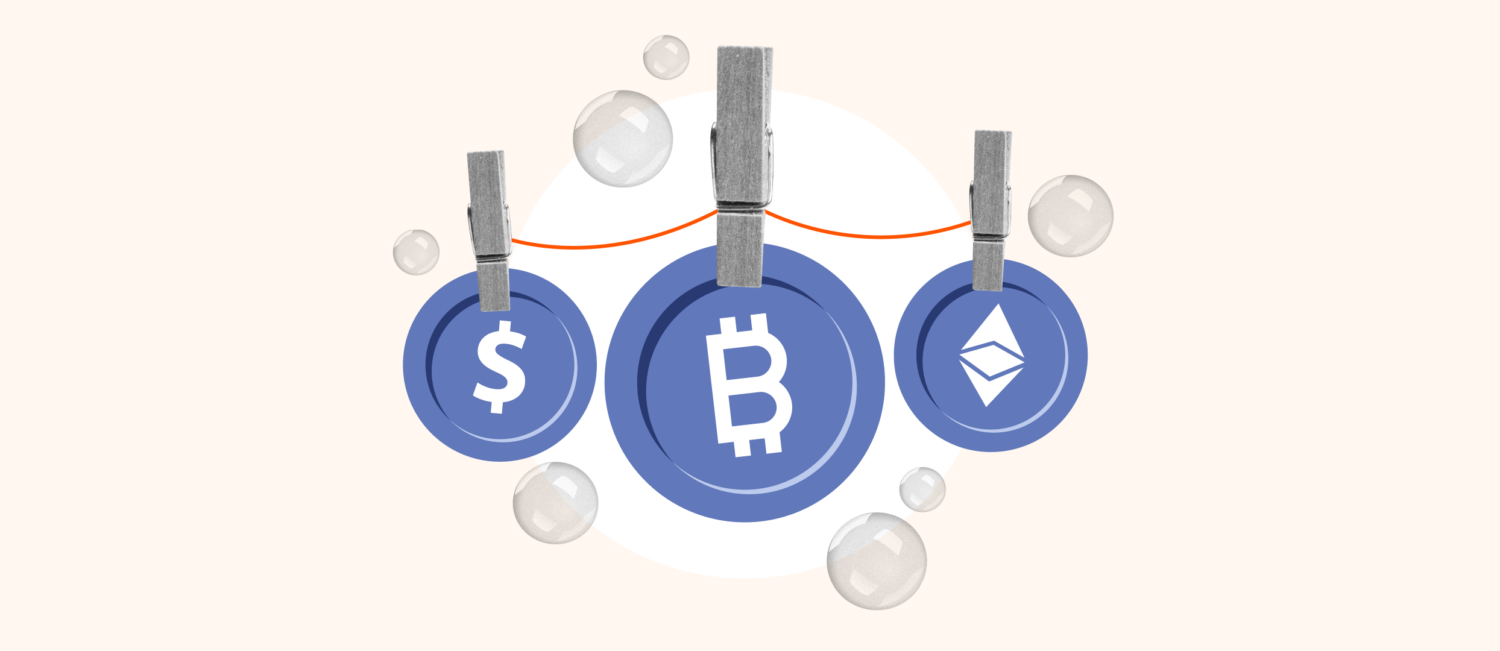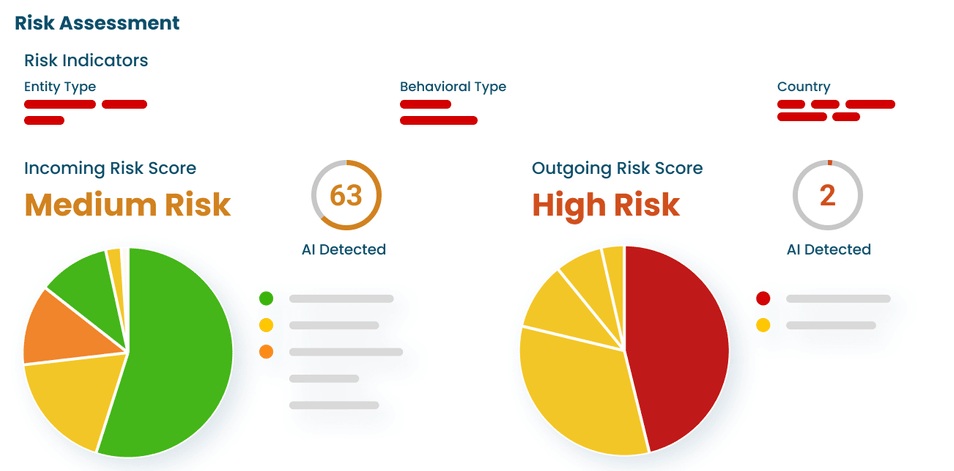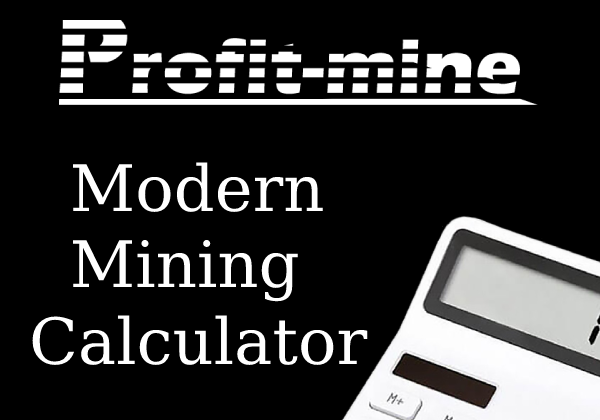 In the realities of 2025, there is a high risk of receiving cryptocurrency in your wallet that is involved in illegal activities (theft, hacks, sanctions, mixers, pyramids, darknet, FATF blacklists). Even small transfers from suspicious wallets can automatically flag all your assets as "dirty," which can lead to numerous problems—primarily, the blocking of your account and all assets on crypto exchanges when attempting to deposit from such a suspicious wallet. In this article, we will share a proven method to avoid these issues and remove the "high-risk" labeling of your cryptocurrency in AML services.
In the realities of 2025, there is a high risk of receiving cryptocurrency in your wallet that is involved in illegal activities (theft, hacks, sanctions, mixers, pyramids, darknet, FATF blacklists). Even small transfers from suspicious wallets can automatically flag all your assets as "dirty," which can lead to numerous problems—primarily, the blocking of your account and all assets on crypto exchanges when attempting to deposit from such a suspicious wallet. In this article, we will share a proven method to avoid these issues and remove the "high-risk" labeling of your cryptocurrency in AML services.
If all your cryptocurrency transactions occur only on major international exchanges like Bybit, MEXC, Binance, then even if you store crypto in your own wallet, you have nothing to worry about. Cryptocurrency received from such exchanges is automatically considered safe.
However, if you use exchanges registered in sanctioned countries, no-KYC exchanges, various crypto swap services, mixers, or questionable DeFi protocols, it's advisable to perform AML checks on your crypto wallets for dirty cryptocurrency. Even using popular and well-known DeFi swap services (Uniswap, PancakeSwap, 1inch, etc.) already marks your crypto as "low-risk" at 25%.
For more details on AML checks, read here: Why it is necessary to check cryptocurrency for cleanliness or criminality
You can check up to 3 wallets for risk level for free on AMLBOT

Rules for Working with Cryptocurrency
-
Use multiple wallets—one for transactions with major exchanges (to ensure clean assets) and another for DEX, DeFi, and other questionable operations.
-
Avoid suspicious exchanges and receiving crypto from unverified sources.
-
If unsure about an asset's origin, perform an AML check on the wallet.
-
A risk level above 50% is a warning sign—it's best to avoid interacting with such cryptocurrency, as there's a high risk of being blocked on major exchanges or even by crypto swap services.
-
A risk level above 75% is a red flag—this almost guarantees an account freeze or even a smart-contract-based USDT token lock. Avoid dealing with such dirty crypto unless you're fully confident in your actions.
How to Reduce Your Crypto Wallet’s Risk Level
If your crypto assets are marked as high-risk (orange or red) and you need to lower the risk to an acceptable level (below 50%), there is a proven method to do so—without intermediaries, with minimal fees (just a few dollars), and without risk.
-
Use a trusted DeFi token swap protocol (e.g., Uniswap) to exchange your suspicious ETH or USDT for WBTC (Wrapped Bitcoin on Ethereum).
-
Bridge the WBTC to another blockchain (e.g., from Ethereum to Solana or BNB Chain) using cross-chain bridges like Wormhole or deBridge. The key is that the receiving wallet address must change in the process.
-
Swap WBTC back to USDT on the new blockchain (e.g., Solana) and send it to an exchange or a new wallet (e.g., back to Ethereum). At this stage, the new wallet's risk level will be 25–50%.
-
For minimal risk, ensure the wallet’s risk is below 50% and deposit to an exchange with less strict AML policies (e.g., MEXC). Swap WBTC to USDT and withdraw to a fresh wallet—risk level will drop below 25%.
Note: Steps 1 and 2 can be swapped. You can stop at step 3, but if you proceed to step 4, we recommend using a new exchange account (not your main one) to minimize risks in case of a freeze.
Conclusion
By using DeFi swaps and cross-chain bridges, you can reduce an unacceptably high cryptocurrency risk level (above 50%) to 25–50%, allowing you to use your crypto without fear of blocks. To achieve a "green" risk level (below 25%), you must involve licensed major exchanges—though this isn’t always necessary, as a risk level under 50% is already considered acceptable.









